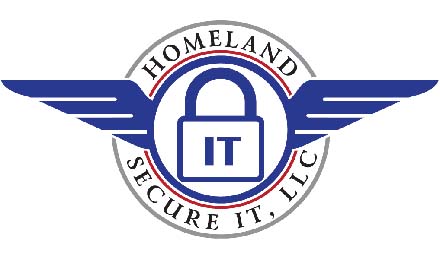With all the talk about hosted storage, hosted applications, hosted backup, hosted mail, and “the cloud” terms such as “cloud computing”, “cloud storage”, “cloud solutions”, people tend to think that these servers never go down, that they are impervious to the issues that a physical server might have at your physical location.
For all the advancements made in this arena, the underlying components are still based on the same technology that you might find in your own business system now. Primarily, a server, uninterruptable power supply, network infrastructure, and internet connectivity.
The servers are very robust in comparison to what a small business may use. Potentially comprised of multiple computers on cards in a chassis that has cold air forced through it to keep it cold. Then they are attached to banks of hard drives in a redundant array (RAID) so if one fails, the data is safe, and a new drive can be placed in the unit without so much as powering it down (hot swapable). Even an entire computer with processor/s and memory can be swapped out without powering down. Backups are handled automatically and usually entail copying entire images to multiple places for retention.
The forced air cooling is from air conditioners with filters on them to keep machines cool. Much cooler than in your office environment.
The power protection comes in the form of an Uninterruptable Power Supply (UPS), which may be ONLINE (power is always filtered through that bank of batteries), and in the event of a power failure, a generator powered by natural gas will automatically start providing the energy required to keep the UPS and systems online, sometimes there is a backup generator waiting in the wings in case of failure.
Network infrastructure is handled by enterprise grade switches, routers, and firewalls (Cisco is a major player here, and their logo is all over your typical data center and server room). In a lot of cases, the internal network is connected via fiber and at least gigabit copper. Even the firewalls are redundant in the larger data centers, and switched networks can auto heal.
Internet connectivity at a data center is handled by multiple backbones. So if one is down, you’re not cut off from the world.
Then there is the plethora of monitoring going on. Where your server room may be monitored simply for temperature or power spikes, a data center is likely watching for intrusive behavior by hackers (port scanning, brute force password hacks), denial of service (DoS and dDoS), strange outgoing traffic from your machine (sign of an exploited machine), in addition to all the environmental monitoring. They also secure their facility with access control systems, preventing unauthorized personnel from gaining access to your server. Monitoring of individual servers is possible, where they know if a fan stops working, or a hard drive is faulting.
With all those layers, and more, in place, you would think a data center would remain online through just about anything, and therefore your data and applications should be usable 24/7/365.
That’s not the case at all. Yes, the SaaS cloud providers are striving for five nines (99.999%) in the uptime category, and it IS possible. They do a fantastic job of it. But that number is generally obtained from an aggregate of all accounts and services, over a period of time. So, if a data center loses YOUR data, one virtual server, out of thousands, it doesn’t affect the uptime of the data center, but it certainly affects your productivity.
Here’s an example… On Monday, one of our client’s was down, due to a Microsoft Exchange mail server crash. The cloud service provider did not give much in the way of details, however, the Exchange mail server was down until last night (Wednesday night). There’s no way of knowing how many accounts the cloud provider hosts, but if only one server was down, this did not affect the overall uptime of that data center by very much. If it was an entire physical server with multiple virtual servers, just like our client, that could be another store entirely. We simply don’t know the details, as they are not telling.
When selecting your cloud provider, if they claim five nines, be sure to do your research, and read their SLA. Determine if 99.999% is averaged out across all clients, or on a per-client basis. Attempt to find out how long it takes the provider to restore your virtual machine in the event of a total crash, and if it is restored from an image, so it is working just like it was at the time of the hardware failure. And, how far back those images go for retention.
Is 99.999% good enough for you? It is for my business, depending on how that is measured.
If you would like information about hosted solutions, maybe Microsoft Office 365 for email and collaboration, or Servosity for online backup, Google Apps, or online storage, contact us using the contact link in our menu bar, or call 864-990-4748. We will evaluate your needs and help you decide if the cloud is right for your business.
